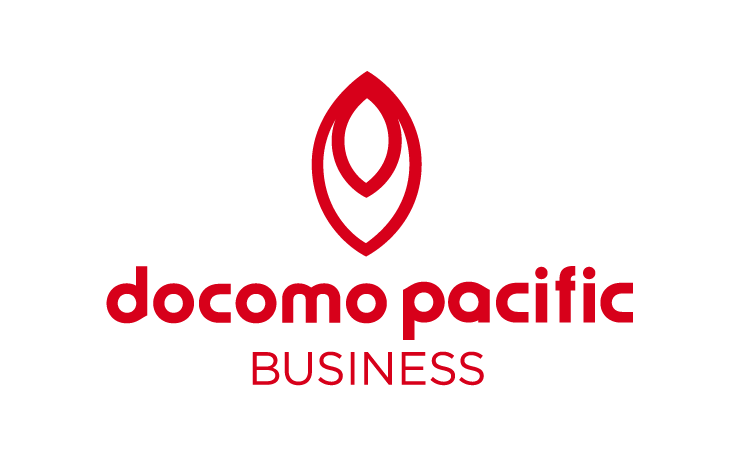Selecting the best business phone line is a crucial step for your company.
As your staff grows, you will need the best multi-line phone system with the flexibility to add new lines. But with so many options, how do you know what to choose? Here are some questions to ask yourself:
-
Are you planning on using a private branch exchange (PBX)?
-
Will you opt for a voice-over-internet protocol (VoIP) service?
-
Where does session initiation protocol (SIP) fit into the picture?
-
Will you need a business line for cell phone usage?
All important questions. It’s easy to feel overwhelmed or misled when looking for answers. If you search the web, you will undoubtedly find much misinformation on the topic, simply because telecommunications is complicated. However, the right provider can simplify the process.
In this article, we help you understand the complexities of session initiation protocol (SIP) and voice over internet protocol (VoIP) services, go over shifts in the phone-line services industry, and help you make the right choice when selecting phone lines for your business phone number.
What is the most significant choice you will make?
When choosing a phone line solution, you may make many choices before whittling them down to a single “A” or “B” choice. For the most part, when choosing the right business phone line, you will need to decide whether to go with a solution that is hosted on-site or in the cloud. For many small businesses, the choice will come down to a private branch exchange (PBX) or a VoIP.
There is something to be said for old-fashioned landlines, considering that market share for fixed-line communications is predicted to have an annual growth rate of 11.32% over the next five years. But if you want to reach for the future of business phone lines, PBX and VoIP are the solutions you will need to decide between.
What do all these acronyms mean, exactly?
With so many acronyms for so many solutions, it can be difficult to understand your choices. To help you make an informed decision, let’s dive into what all these terms actually mean:
Session Initiation Protocol (SIP)
The “session” in session initiation protocol refers to any live communication. “Initiation” simply means “beginning” because SIP is how you begin live communication. Lastly, “protocol” refers to the blanket standards accepted for all computer communications.
Voice Over Internet Protocol (VoIP)
This represents the blanket standards accepted for all computer communications. The rest of the acronym is intuitive; VoIP transmits voices over the internet.
Private Branch Exchange (PBX)
By definition, PBX is a hardware system that handles the routing and switching of phone calls between a location and the telephone network.
SIP Trunk vs. VoIP vs. PBX: How are they related?
The most significant leap away from standard public switched telephone networks (PSTNs) is VoIP. However, it’s important to mention PBX here because, traditionally, PBX uses hardware to accept phone lines from a utility.
Here are a few key points to know about VoIP:
-
Using SIP with VoIP, your small business can send and receive calls over the internet.
-
VoIP only needs an internet connection and a VoIP phone to function.
-
Your VoIP provider can offer most PBX features without on-site PBX hardware.
-
VoIP doesn’t use physical phone lines or a central piece of hardware.
-
With VoIP, the phone handset plugs into the internet connection.
What are some current telecommunications industry shifts?
With the advent of smartphone technology and applications you can use to do almost anything, small businesses are investing more capital into the VoIP market.
VoIP technology has expanded exponentially among small businesses, gaining traction at the beginning of the 21st century.
One reason for the popularity of VoIP is that internet-based phone systems are more customizable and flexible than physical phone lines. VoIP requires less money poured into infrastructure and hardware and can be set to update automatically. Also, it can bring different forms of communication such as voice, messaging, video, and chat together on a single platform.
Finally, VoIP is not as costly as hardwired systems. The only downside is that if your internet connection goes down, so will your VoIP system.
Bundled Communication Options
With so many new modes of communication available, many service providers offer bundled communications options that allow customers to choose phone, internet, entertainment, and mobile plans. This can save costs and streamline the billing process, leaving more time to focus on your customer’s experience.
Know your options.
VoIP can expand your business phone line into the 21st century, and there aren’t many downsides. If you’re more traditional, don’t worry. You still have the freedom to choose productivity-enhancing platforms for your business phone line.
Choose from a wide range of options, including:
-
SIP Trunk: A communications format that bridges a company’s PBX to the web.
-
Direct Inward Dial (DID): This happens when your telephone service provider connects telephone numbers to your company's PBX.
-
Plain Old Telephone Service (POTS): The most basic, 1980s option you could get, for those who like to stay rooted in the past.
-
Primary Rate Interface (PRI): A method used to bridge two different PBX systems together.
-
Private Automatic Branch Exchange (PABX): A form of PBX that provides multiple lines for outside callers.
Ready to move to the cloud?
Ready to find out more about how you can choose the best business phone line centered in the cloud?
Whether you have a new business or need to upgrade, download our guide, “The New Business Guide to Reliable Connectivity.”
About the Author
DOCOMO PACIFIC
A wholly owned subsidiary of NTT Docomo in Japan, DOCOMO PACIFIC offers business internet, phone, cable and mobile services to Guam and the CNMI.







